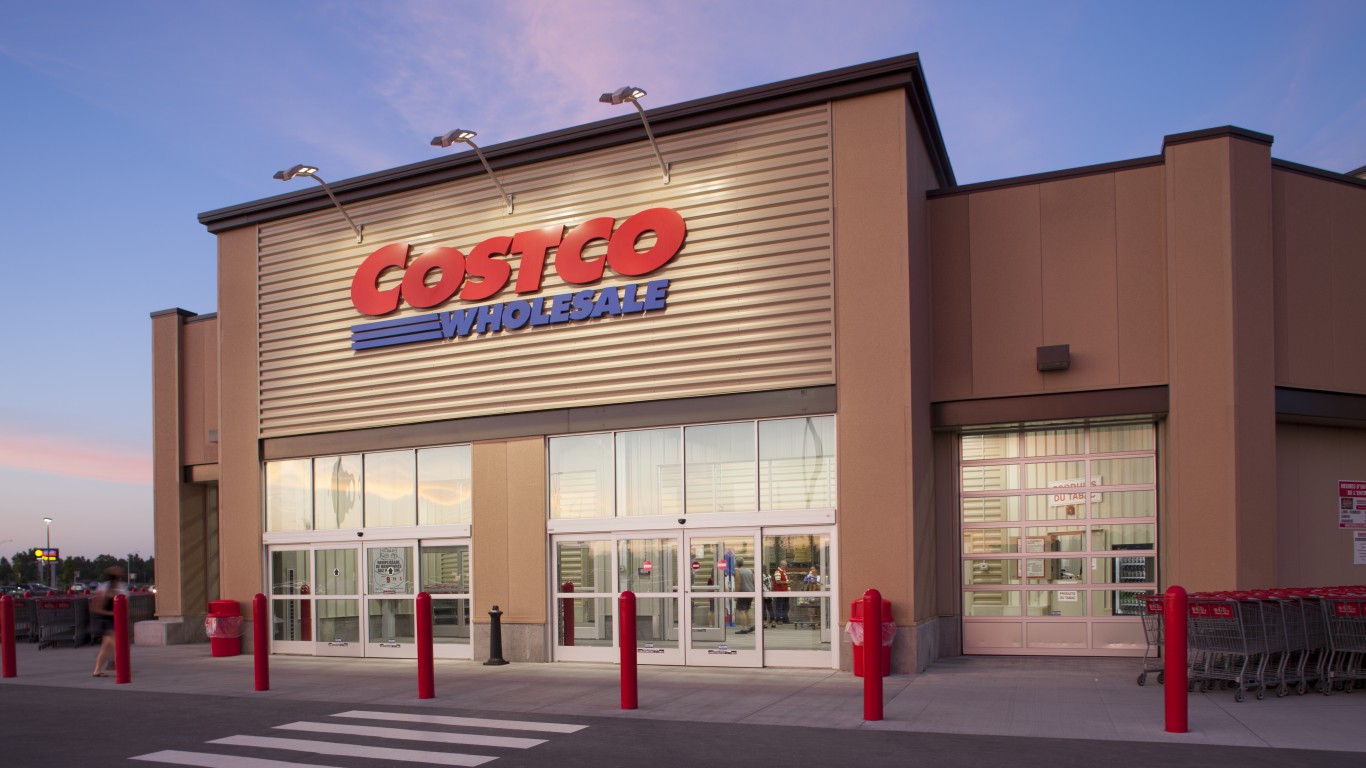
Since hitting a year-to-date high of almost $51 in early February, Lyft Inc. (NASDAQ: LYFT) stock has dropped about 40% of its value. At its low for the year, the stock was down about 60% on March 20.
Competitor Uber Technologies Inc. (NYSE: UBER) has managed to stem its loss to around 19%. The difference between Uber and Lyft is that the former is getting some help from its food delivery service, Uber Eats. Lyft chose not to enter the food delivery market. That changed on March 20.
Lyft’s shares jumped 10% on March 20 after the company said it would expand its offerings to include a range of services to help meet the needs of its customers as the coronavirus crisis forces more cities in the United States to impose strict stay-at-home rules for residents.
The change does not include restaurant food or grocery deliveries, but expands services Lyft already provided for children who receive free or subsidized lunch at school and homebound seniors who have been affected by shelter-in-place advisories.
The company’s drivers also benefit from having some way to earn money. Lyft had halted its ride-sharing program, and shelter-in-place rules had taken virtually every person off the streets and sidewalks in major cities like New York, Seattle and San Francisco.
How Ridership Is Being Clobbered
According to a report last week from research firm Edison Trends, nationwide spending on Uber and Lyft rides had been growing at a rate of 3% and 4% per week between January 13 and February 24. Between March 2 and March 15, spending was down 15% for each company, compared with the period between February 17 and March 1.
In the week ending March 9, nationwide spending at Uber fell by 21% compared with the previous week, and spending at Lyft dropped by 19%.
In Washington state, spending on Lyft and Uber dropped by a combined 41%, while the drop in California was 23%. The decline in New York state totaled just 9%, but that does not include the stay-home provisions Governor Andrew Cuomo announced on March 24. California Governor Gavin Newsom announced a statewide shelter-in-place rule the same day, but many of the state’s most populous counties already had been covered by a similar order.
Meal Deliveries Probably Wouldn’t Have Helped Lyft
While consumers like meal delivery services, restaurants are less enthralled. At least that was the case in the days before the coronavirus pandemic swept across the country. Restaurant profits were squeezed by the delivery fees charged by Uber Eats, Grubhub Inc. (NYSE: GRUB) and DoorDash.
Now, however, many Americans stuck in their homes with nowhere to go probably don’t mind paying more for having a restaurant meal delivered, even if the price of the food goes up to cover delivery costs and a delivery fee is added on top of that.
Costco Wholesale Corp. (NASDAQ: COST), for example, makes clear on its website that many items will be cheaper if purchased at one of the company’s brick-and-mortar stores. A minimum order of $75 worth of certain items waives a separate delivery charge. For customers who don’t want to risk leaving their homes, a few extra dollars is a good investment.
Lyft Dodged at Least One COVID-19 Bullet
Lyft, Uber, DoorDash, Postmates and Instacart have committed $110 million to fight a state law (called AB 5) that went into effect January 1 and requires ride-hailing and food delivery firms to treat drivers like employees, not contractors. Not having to pay a minimum wage, overtime, unemployment insurance or paid sick leave was a huge benefit for these firms. Drivers also paid their own expenses, including maintenance and fuel. Treating drivers like employees could add 20% to 30% to a company’s expenses.
The $110 million campaign supports passage of an initiative that would exempt drivers who work for apps-based employers like Lyft, Uber and the others from the provisions of AB 5. According to Ballotpedia, the ballot measure does more than leave drivers classified as contract workers. The initiative includes among other things a net earnings floor 20% above the state’s or municipality’s minimum wage, along with mileage reimbursement of 30 cents per mile.
In order to get on the November ballot, supporters of the measure need to file 623,212 valid signatures by June 30. Lyft and its partners had gathered a million signatures by February 27 and have already begun filing signatures with the state for verification.
Lyft shares slipped below $24 this week and are down more than 20% over past week. The S&P 500 retreated about 6% in that time. The 12-month price target on Lyft stock was last seen at $55.64.
The #1 Thing to Do Before You Claim Social Security (Sponsor)
Choosing the right (or wrong) time to claim Social Security can dramatically change your retirement. So, before making one of the biggest decisions of your financial life, it’s a smart idea to get an extra set of eyes on your complete financial situation.
A financial advisor can help you decide the right Social Security option for you and your family. Finding a qualified financial advisor doesn’t have to be hard. SmartAsset’s free tool matches you with up to three financial advisors who serve your area, and you can interview your advisor matches at no cost to decide which one is right for you.
Click here to match with up to 3 financial pros who would be excited to help you optimize your Social Security outcomes.
Have questions about retirement or personal finance? Email us at [email protected]!
By emailing your questions to 24/7 Wall St., you agree to have them published anonymously on a673b.bigscoots-temp.com.
By submitting your story, you understand and agree that we may use your story, or versions of it, in all media and platforms, including via third parties.
Thank you for reading! Have some feedback for us?
Contact the 24/7 Wall St. editorial team.

